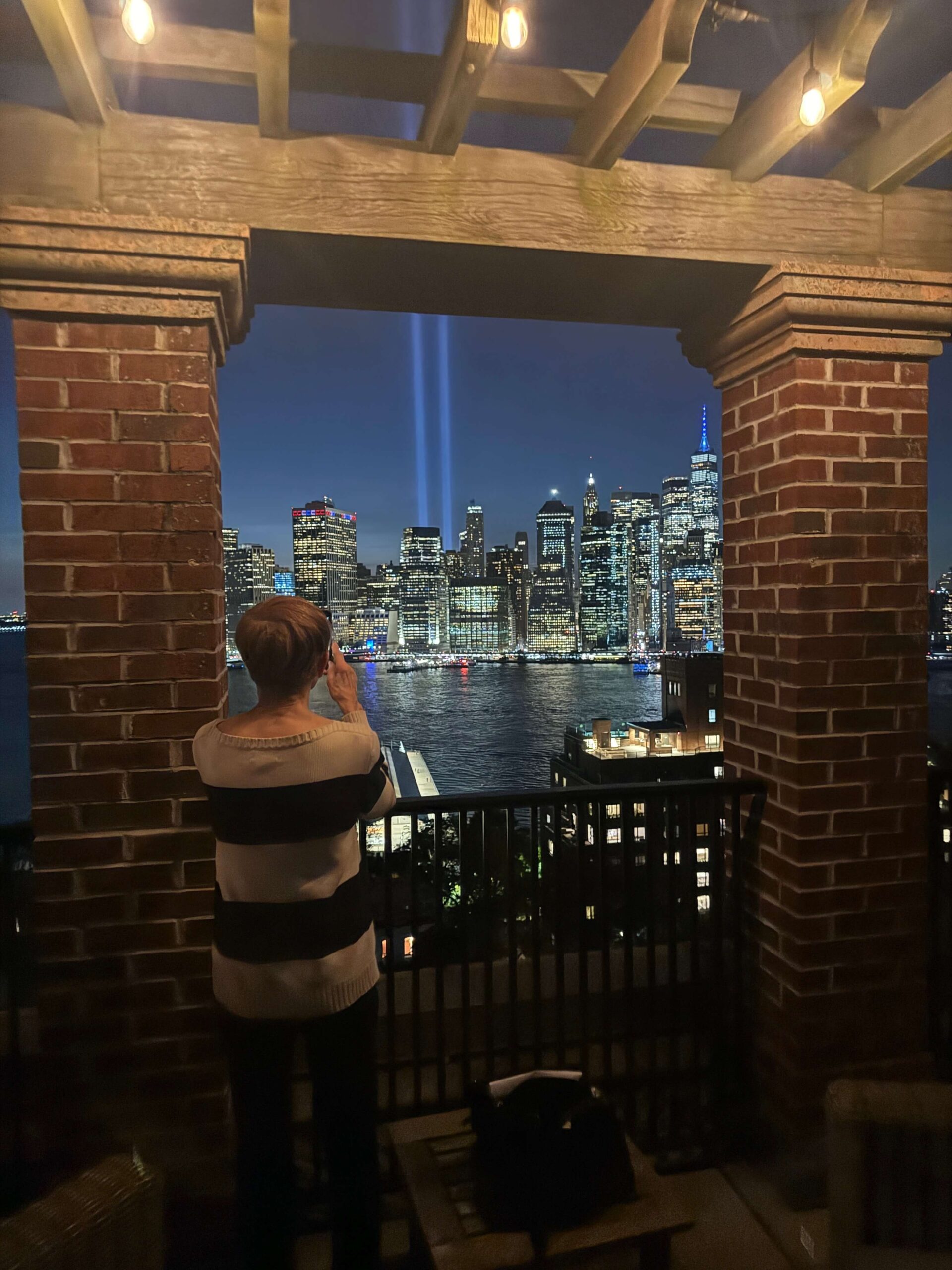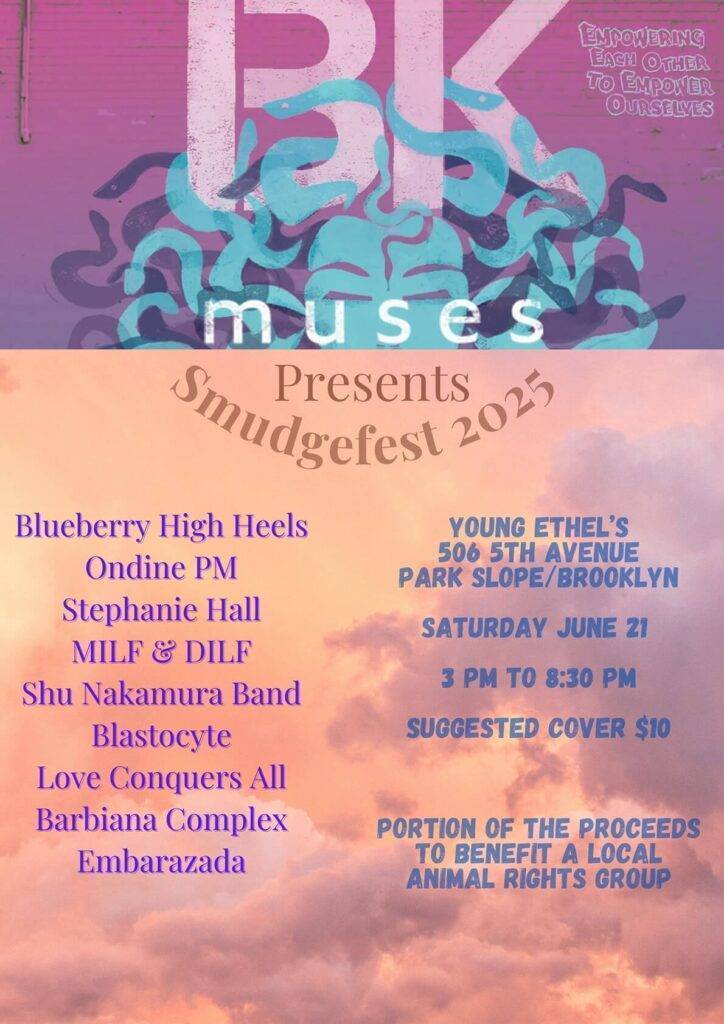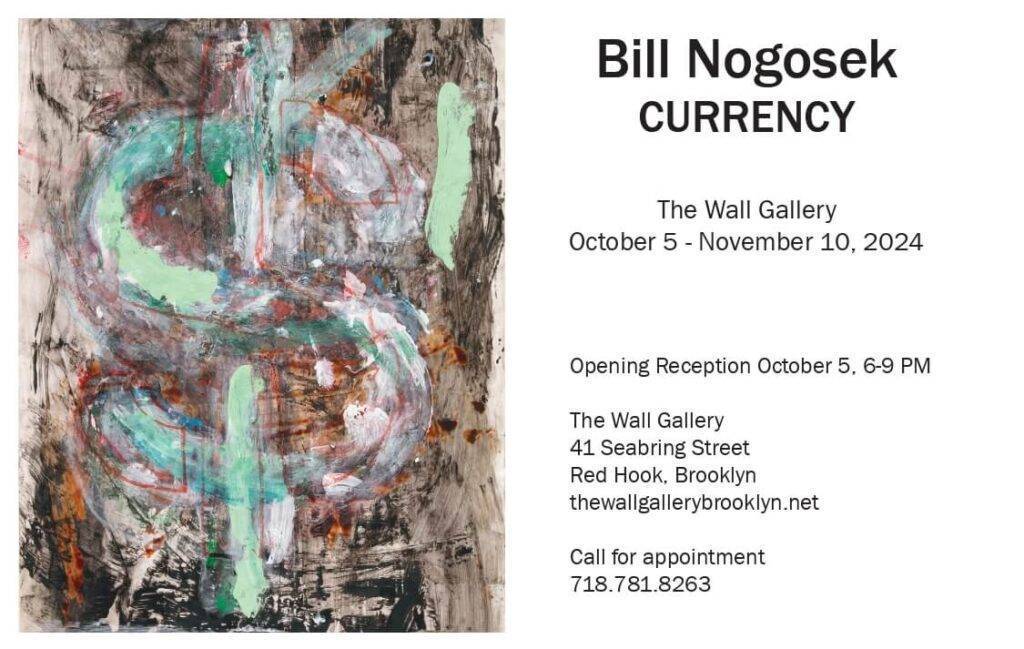The first Brooklyn Rotary Club was founded in 1905 and met in Brooklyn Heights. Their successor club, the Brooklyn Bridge Rotary Club, is once again meeting in the Heights in a historic building at 21 Clark Street that first opened in 1928 as the exclusive Leverich Hotel.
Rotary is an international organization that brings together persons dedicated to giving back to their fellow humans. One of their most famous projects was the successful drive to eliminate polio in the 1950’s.
A popular project today is called Gift of Life, where money is raised to bring children needing heart surgery from around the world to the US to receive life-saving surgeries. What makes this program possible is the global nature of the club. Members of any club are welcome at any club, and international relationships are made.
The Brooklyn Bridge Rotary Club meets in the Gustaso Room at the Watermark, 21 Clark Street, at 6 pm on the second and fourth Wednesday of every month. The meetings consist of a light dinner, club business, greetings and meetings, and often a local speaker. The next meeting, on October 9 features a talk from Ben Fuller-Googins, local organizer of a group supporting private nannies.
The club began meeting at the Watermark just this fall, and the new location has proven a boon to the club.
Accessible
“The building is very nice and it’s also very accessible,” said Monica Bartley, a member of the Rotary Club and disability advocate. “The room where the meeting was held had a ramp and there are a lot of elevators.”
“It’s a beautiful building and it looks like a great place to have meetings,” said current member and former Brooklyn Bridge Rotary Club President Vivian Jackson.
Michael Sutcliffe, director of sales for The Watermark, gave a tour of the building and explained its history.
“The Watermark was built in 1927 and was originally a hotel called the Leverich Towers Hotel,” said Sutcliffe. “It functioned as a hotel until 1975 when it then became a dormitory building for Jehovah’s Witnesses. The Jehovah’s Witnesses were here until 2018 when our current owners took over. From what I’ve heard and read they did a great job maintaining the buildings and a lot of the windows here are the original mahogany ones. We are in a historic district and it’s a landmarked building.”
Baseball history
The building was once a spot where Brooklyn Dodgers players would spend time before games.
The Watermark is now a luxury senior living facility that includes independent living, assisted living, short-term stays, and memory care. The community has resort-style amenities, gourmet dining, many programs, integrated wellness offerings, an on-site salon and spa, a pool, and many expert caregivers.
The Watermark has two cafes, including one in the lobby that is open to the public and gives those who live in the building a chance to mingle with others from the neighborhood.
There is also a library and a big main dining room, with sparkling chandeliers. The dining room is below the first floor with a nice view of it from above on the first floor.
“We offer physical therapy, speech therapy, and occupational therapy here,” Sutcliffe said. “We also have a pool which was not originally in the building. We did this during the renovation. It was made with our residents in mind so it is only four feet deep and it has gradual stairs in it and it can be used as part of therapy. There are classes or the pool can be reserved for 30-minute blocks.”
Classes
The Watermark also has an art studio. There are classes for things like watercolor painting, jewelry-making, and flowering classes. There was a lot of artwork on display and all of it was made by residents. Sometimes residents lead classes and they can also go to the studio on their own to make artwork.
Additionally, The Watermark has its own movie theater where movies are shown twice per day. Residents can make requests about which movies are shown. There is also a theater where they have live music, discussion groups and lectures.
“One of the most popular programs here is Watermark University,” Sutcliffe said. “These are lectures that are done by our staff, our residents, or people from the outside like historians or authors.”
Sutcliffe showed off a great view of the Manhattan skyline and Brooklyn Bridge Park from the top floor which is especially nice during sunrise, sunset, and nighttime.
The Watermark has a Jeffrey Foxx photography exhibit on display. He spent decades working as a photographer and is now a resident in the building.
“Seeing is what I enjoy about being alive,” Foxx said. “I graduated from Boston University in the 1960s and I was working jobs that I really didn’t like. The sound of the subway turnstile describing me the same way as everybody else didn’t sit well with me and I just felt different. In a pretty depressed state, I realized seeing was what I enjoyed and that the camera would be a good way for me to communicate that.”
Foxx wanted to travel and he spent time doing photography in America and then created an exhibit that illustrated the universality of childhood. He took the show to Canada, the Netherlands, Czechoslovakia, Ghana, Egypt, India, Hong Kong, New Zealand, Mexico, and Brazil. After that, he spent time doing photography for Life Magazine and the National Geographic.
The Watermark exhibit displays people in the southernmost part of Mexico. Foxx photographed people on two sides of a mountain range. Though the distance between the two places was not great, their cultures were completely different. He also spent years photographing Mayan people and his exhibit at The Watermark is called “Living Maya: The Art of Ancient Dreams.”
Some of Foxx’s work can be viewed online at FoxxMayaArchive.com The site includes photos of Mayan culture in both Mexico and Guatemala, American Indian Culture, and much more.
“All of a sudden, I found myself in heaven with my work,” Foxx said. “I was challenged beautifully by how difficult it was, and I’ve always felt that if it was easy, someone else would have done it.”
For more information about the Brooklyn Bridge Rotary Club email [email protected] or text 917 652-9128. The public is welcome to meetings, and the club is accepting new members.
Author
Discover more from Red Hook Star-Revue
Subscribe to get the latest posts sent to your email.










